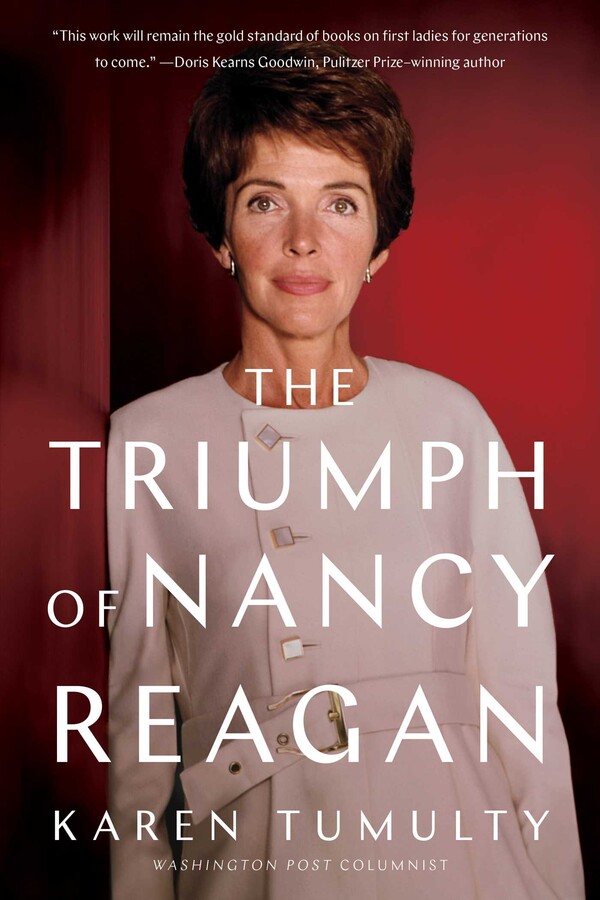As was the case with many Americans during the early years of the epidemic, the Reagans’ practical understanding of AIDS was colored by fear, ignorance, and scientific uncertainty. One day, when the hairdresser Robin Weir was making one of his twice-a-week visits to the White House, Nancy inadvertently took a sip from his water glass. Afterward, she went to the White House physician John Hutton in a panic, worried that she might have contracted the disease. Hutton tried to reassure her that it was impossible to get AIDS that way, but she wasn’t satisfied. “How do you know?” Nancy demanded. “How do you know?” Weir died in 1993 at the age of 45 from what his obituaries described as a combination of colitis, bacterial sepsis, and a heart attack, all three of which are often associated with AIDS.
But it is also clear that Nancy became attuned to the seriousness of the epidemic earlier than the president did—in part because her son was seeing it up close. “I’m in New York; I’m dancing [with the Joffrey Ballet]; I know people who are HIV-positive. Dancers, fashion designers, people like that,” Ron said. “I would talk to her about people, how many people, who these people were. And she began to understand that this is a big deal. This is a crisis. She began to sense that pretending this isn’t happening is not a good way to go.”
Nancy and her son began looking for opportunities to discuss AIDS with Reagan. “We’d start mentioning it, bringing it up as a topic, starting to get it into his head,” Ron recalled. He acknowledged that their effort did not get very far with his father. Where Nancy “could appreciate things a little bit more abstractly, it very much helped if he could put a face on something,” Ron said.
In 1985 the epidemic did indeed gain its face: the once-magnificent visage of the actor Rock Hudson. When Hudson was revealed to be dying of AIDS, “the whole picture changed” for the president, Ron said. During the 1950s and ’60s, Hudson had been one of the country’s biggest movie stars. But while Hudson wooed Elizabeth Taylor, Lauren Bacall, Gina Lollobrigida, and Doris Day on the screen, he lived a closeted existence off it. If the world had known that the man that fan magazines declared to be Hollywood’s most handsome star was gay, Hudson’s career would have been destroyed.
